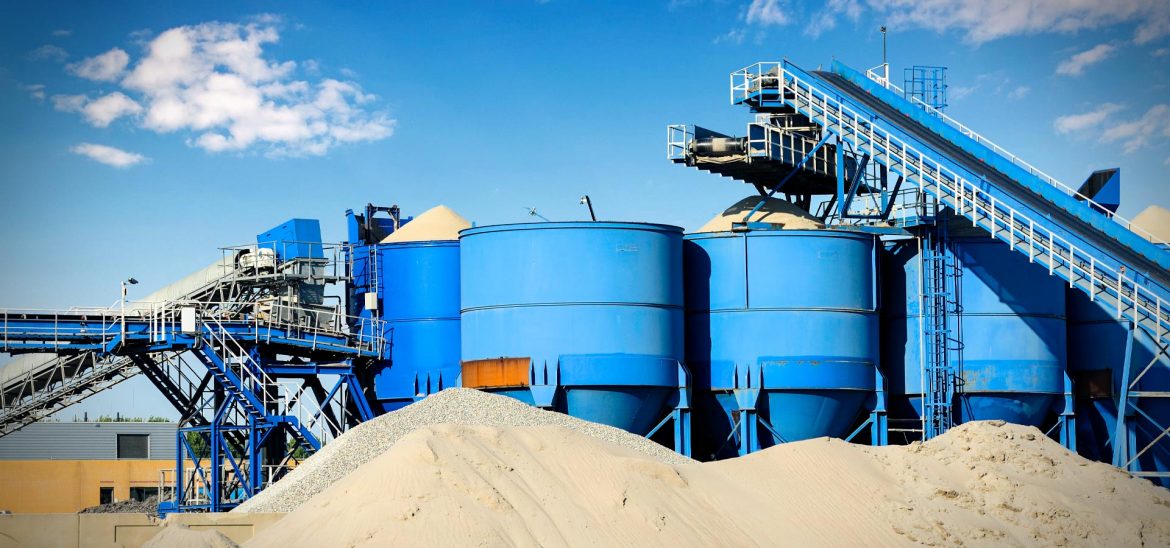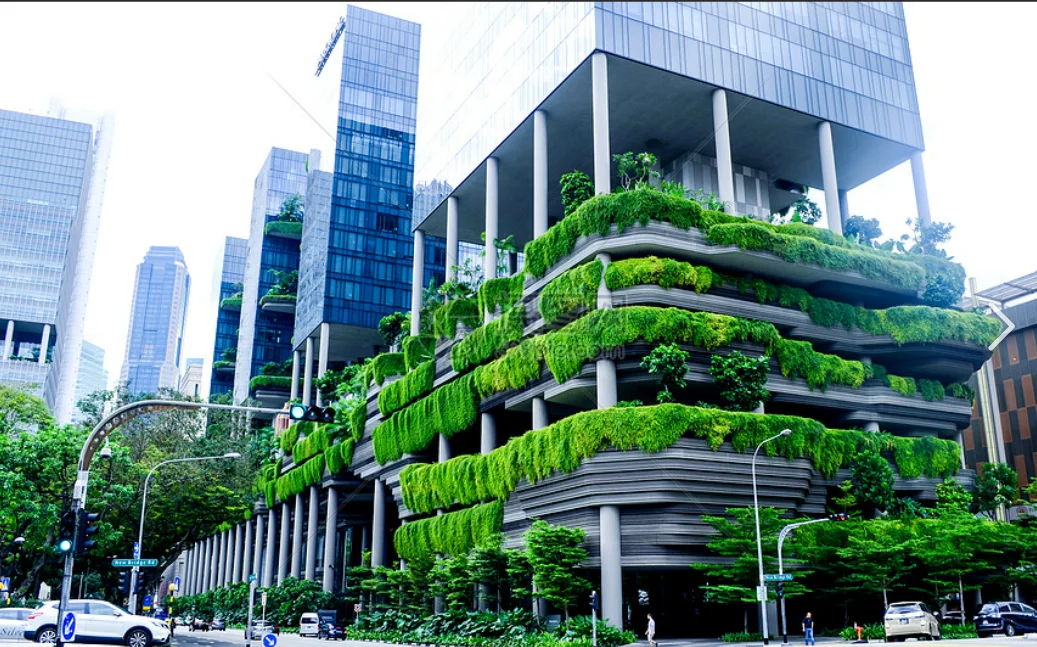The construction industry has seen a significant evolution in the types of building materials used over the centuries. From the ancient use of stone and wood to the modern use of steel and concrete, the choice of building materials has always been influenced by factors such as availability, cost, durability, and the specific requirements of a project. This article will delve into the intricacies of when and why certain building materials are used, and how their usage has shaped the architectural landscape.
The first phase of construction typically involves the use of foundational materials. Concrete, due to its high compressive strength and versatility, is often the material of choice for foundations and structural elements. It can be poured into almost any shape, making it ideal for complex architectural designs. However, the use of concrete is not without its environmental implications. The production of cement, a key ingredient in concrete, is responsible for approximately 8% of global CO2 emissions. As such, there is a growing trend towards the use of more sustainable alternatives, such as recycled concrete and green concrete, which incorporates recycled industrial waste.
Steel is another commonly used building material, particularly in commercial and high-rise residential construction. Its high tensile strength, durability, and recyclability make it a preferred choice for structural frameworks. The advent of advanced high-strength steels (AHSS) has further enhanced the appeal of steel, offering improved strength-to-weight ratios and better resistance to corrosion.
Wood, on the other hand, has seen a resurgence in popularity in recent years, especially in residential construction. With advances in engineered wood products like cross-laminated timber (CLT), wood is now being used in applications previously dominated by concrete and steel. The use of wood not only offers aesthetic appeal but also contributes to carbon sequestration, making it a sustainable choice.
The choice of building materials also extends to the building envelope, with materials such as glass, brick, and various types of cladding being used. Glass, for instance, is widely used in modern architecture for its ability to let in natural light and provide views, while also serving as a design statement. However, its use must be balanced with considerations for energy efficiency and privacy.
Brick, a traditional building material, continues to be used for its durability, fire resistance, and thermal mass, which can contribute to energy efficiency. Cladding materials, meanwhile, can range from metal panels to composite materials, and are chosen based on factors such as aesthetics, durability, and resistance to weather conditions.
In conclusion, the choice of when building materials are used is a complex decision influenced by a multitude of factors. As the construction industry continues to evolve, so too will the materials used, with a growing emphasis on sustainability and efficiency. By understanding the properties and applications of these materials, architects and builders can make informed decisions that balance design, functionality, and environmental impact.



